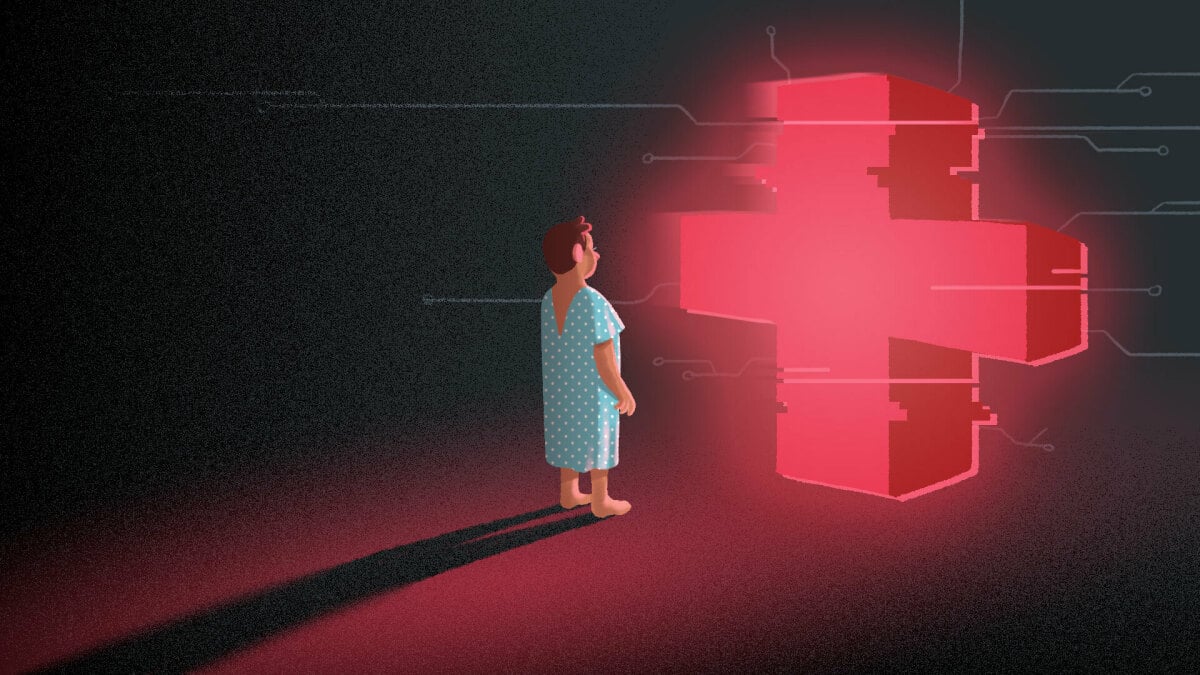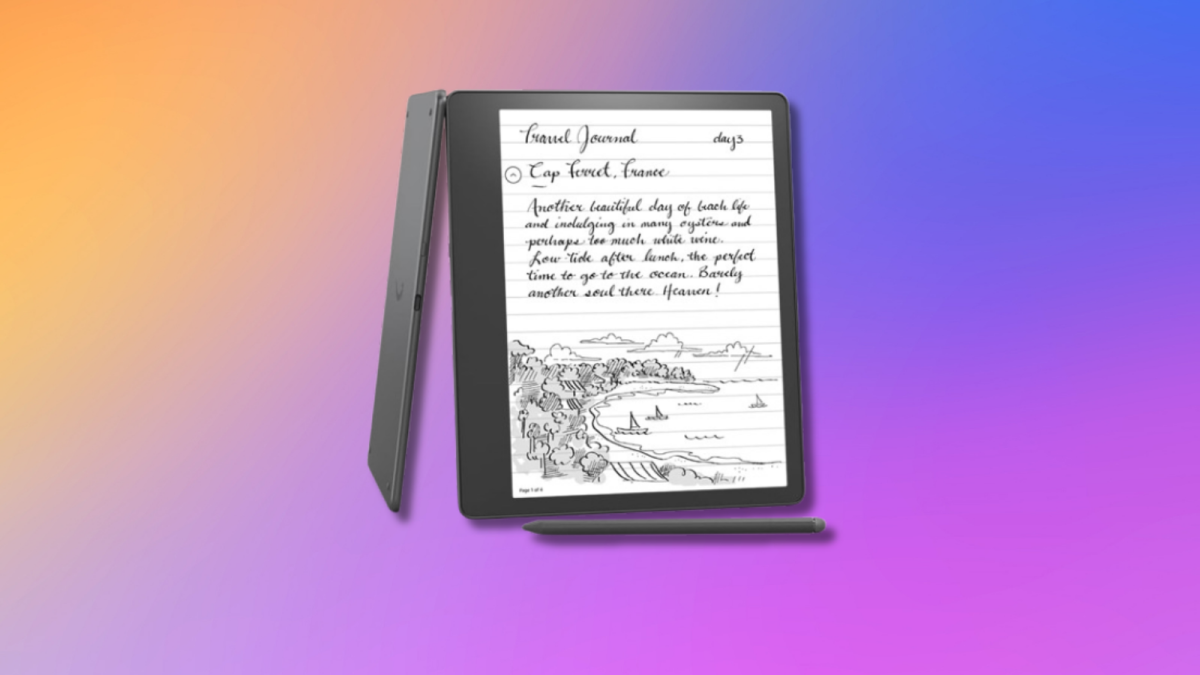Whether you’re a professional expert, an enthusiast, or just a living, breathing human being, chances are that your life, and those of your loved ones, have been affected by advancements in medical technology, or the lack thereof.
Just in my personal life, there are numerous examples of both — the X-rays my extreme sports-loving brother has brought home over the years; the metal hip replacement that helps my partner’s mother walk without pain, or the cardiopulmonary bypass my grandfather never had the chance to use.
As we know too well, incredible medical advancements don’t guarantee equal access, and there are too many examples where technologies available to some are out of reach to others, either due to a lack of access or a lack of communication. One of the most recent examples of global health inequality was the COVID vaccine. While many of us in the Global North had received our third shot by early 2022, people in the Global South were still waiting for their first.
Providing environments where both science and scientists can thrive is critical. But so is ensuring access to healthcare. At Mashable, we are obsessed with medical tech, and we love celebrating both the breakthroughs and the accessibility wins. So, at the end of 2023, we are looking back at some innovations we loved this year.
1. Video game technology helped a person regain their speech
We’ve seen examples where technologies traditionally associated with the creative industries found medical applications. For example, a VR map we covered last year lets us look at cancer cells in a way we couldn’t before.
More recently, video game technology was used to help a woman regain her speech post-stroke. Facial animation software company Speech Graphics collaborated with UC San Francisco and UC Berkeley to develop a brain-computer interface that successfully translated the woman’s thoughts into speech, and even managed to re-create her facial expressions using a digital avatar.
2. Wearables are tracking human health using the body’s sounds
Our bodies constantly produce sounds that inform us about our health — think heartbeat, breathing, or digestion. And so doctors often rely on those sounds to monitor their patients’ wellbeing. The issue with current methods is that while they require direct doctor-patient interactions, frequent appointments are not always possible, especially in countries like the U.S. and the UK, where healthcare systems are either expensive, strained, or both.
In an attempt to simultaneously improve health monitoring and cut the need for such appointments, researchers at Northwestern University developed miniature wearables that can track a patient’s health by capturing the sounds their bodies make. When the wireless devices detect any changes, they transfer the information to health practitioners and caregivers through a tablet. The device proved successful in pilot studies but is still not ready for commercial use.
3. A new implant is monitoring the health of organ transplants in real-time
In another Northwestern study, a new implant can monitor the health of organ transplants in real-time. Incredibly thin, the device can be placed directly on the transplant to track its responses, like temperature shifts, which are then streamed wirelessly to a phone or tablet to alert of any changes.
The implant has so far been tested on an animal kidney transplant, and it successfully signaled a potential organ rejection three weeks earlier than previous methods would have.
Detecting early organ rejection in advance can not only improve patients’ well-being but also help preserve the health of donated organs, which in turn can save more lives amid a global organ donation shortage.
4. The world’s first digital period pain clinic launched
Credit: Daye
Even though over 80 percent of people with periods report experiencing pain associated with their menstrual cycles, period and pelvic pain have traditionally been understudied, undermined, and untreated.
To combat this gap, gynecological health startup Daye launched what may be the world’s first digital period pain clinic. The startup offers a range of services, including condition diagnosis, personalized treatment plans, and support from specialists.
5. A flying hospital took off
Nearly 2.2 billion people around the world have a vision impairment, according to the World Health Organization. In about half of these cases, the impairment could have been prevented or has not been addressed. This is largely due to a lack of access to eyecare, which in turn is a consequence of a lack of proper training and facilities.
To try and address this, eyecare nonprofit Orbis launched the Flying Eye Hospital. It’s an ex-cargo aircraft equipped with an operating room, classroom, and recovery room, as well as an audiovisual system that streams live surgeries in 3D and enables simulation training in ophthalmology.
So far, The Flying Eye Hospital has provided training to practitioners in over 95 countries and now offers live online lectures and surgery broadcasts on its telemedicine platform Cybersight.
6. Greece made beaches more accessible to wheelchair users
Medical technology doesn’t need to look like a shiny gadget coming out of a sci-fi movie in order to have an impact. Sometimes an innovation as simple as a ramp can prove life-changing. This year, Greece took a huge step towards making its beaches more accessible to people with mobility issues.
The country installed solar-powered chairs attached to ramps across 150 of its beaches. The chairs can be adjusted and navigated using a remote control which users can have delivered to their homes or accommodation.
The innovation comes with an online interactive map that shows which beaches are currently equipped with ramps, and some even offer live CCTV footage that broadcasts the local sea conditions.










